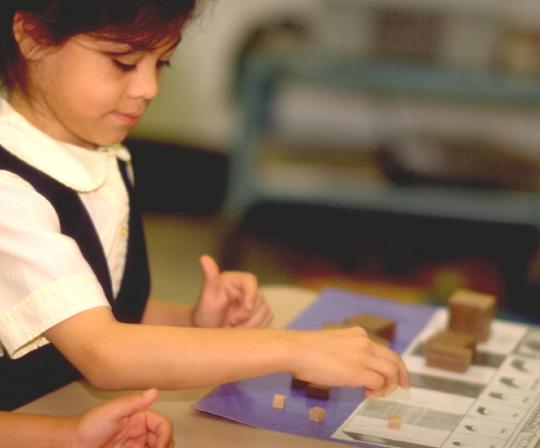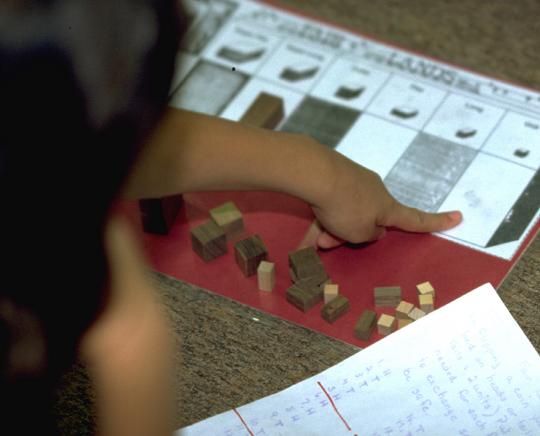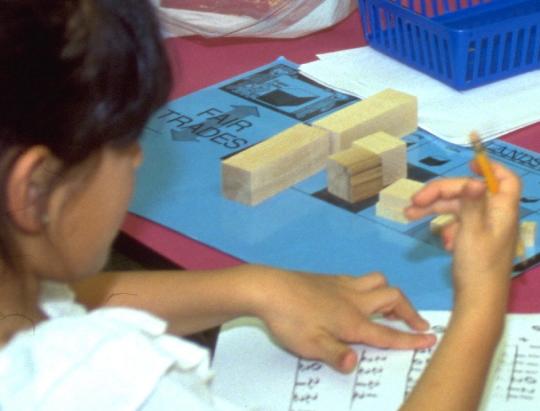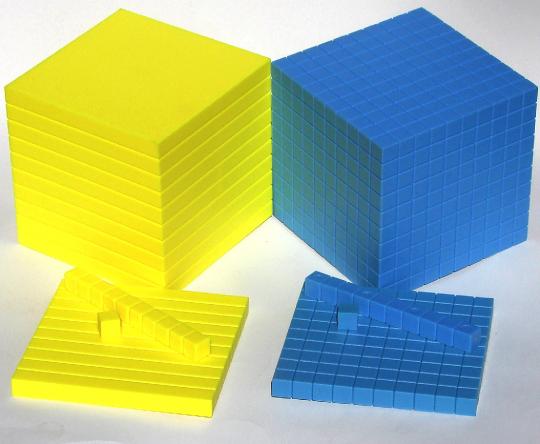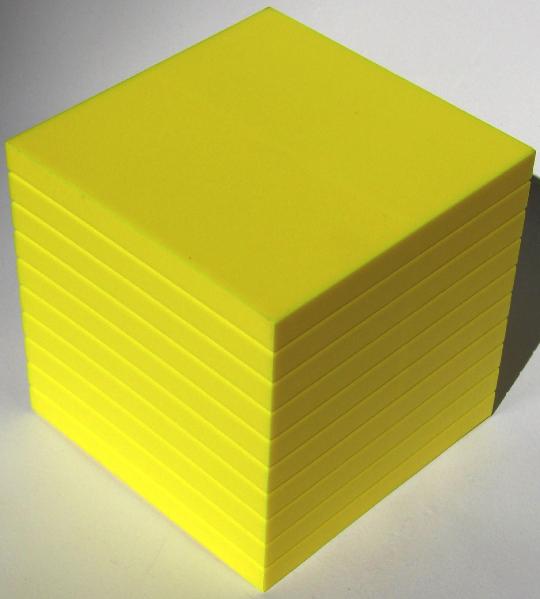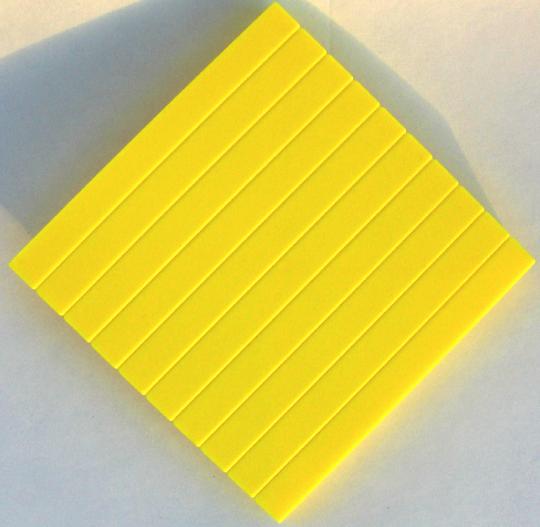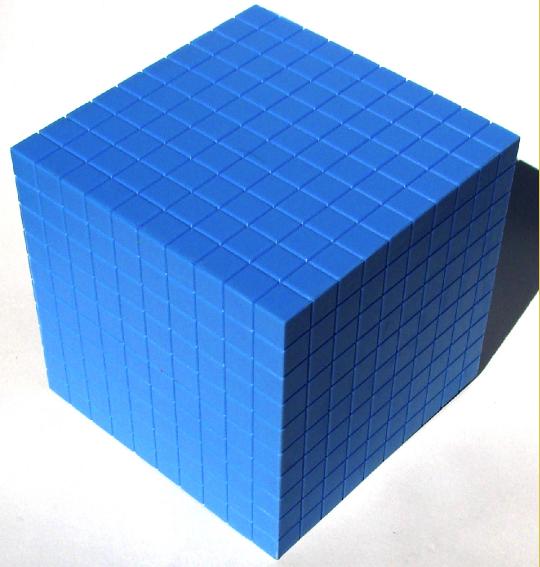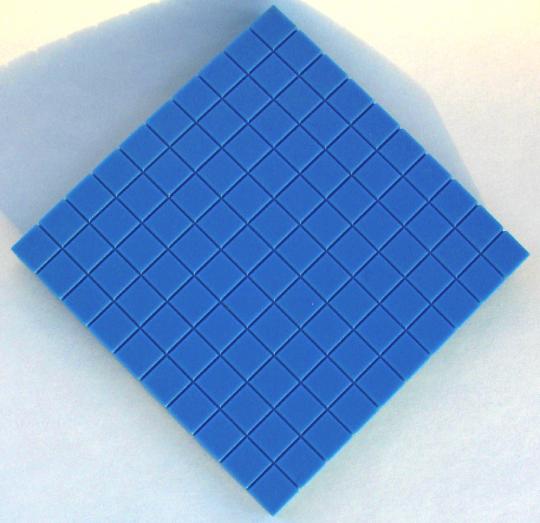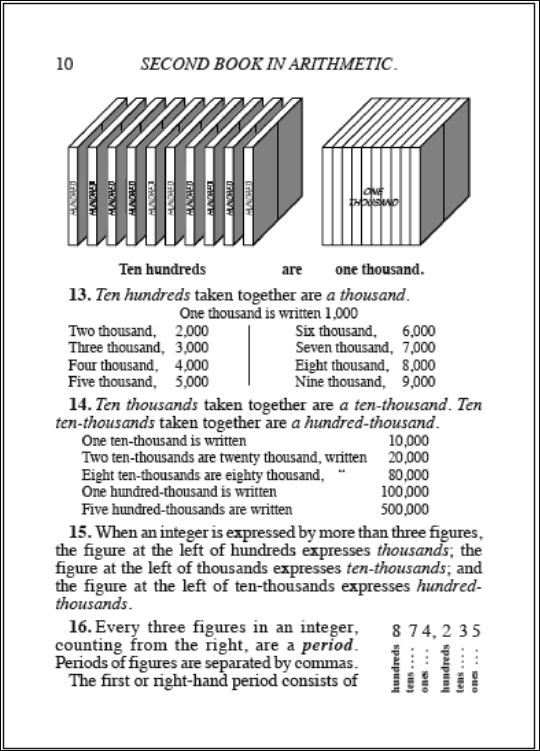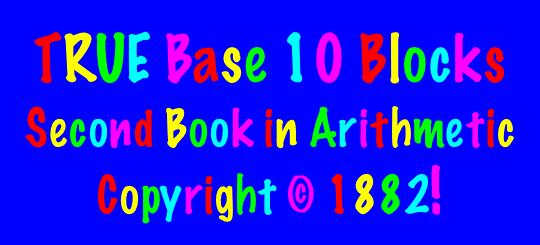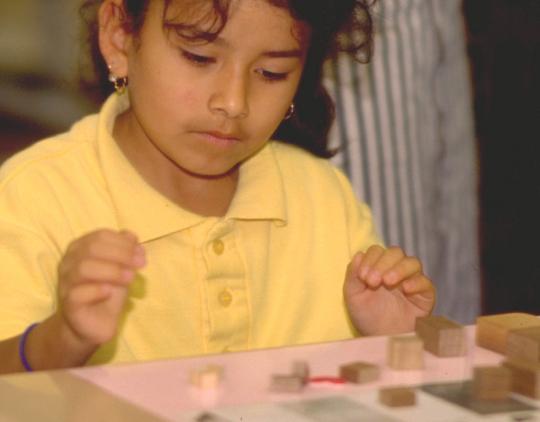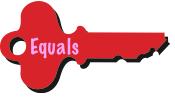 |
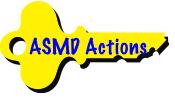 |
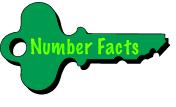 |
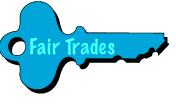 |
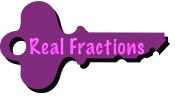 |
||||||||||
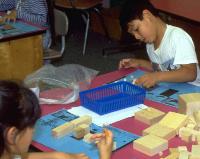 |
||||||||||||
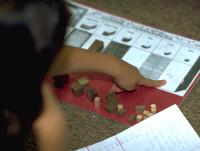 |
||||||||||||
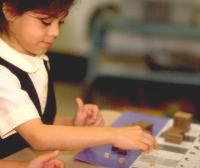 |
||||||||||||
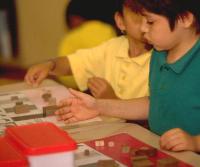 |
||||||||||||
do not lug numbers around. However, as will be explained, neither do we regroup or rename in computing, so these words are not used interchangeably with making a fair trade in ALL KIDS CAN LEARN ARITHMETIC. To regroup means to reassemble, like a family getting back together at the end of the day. That means you end up with what you started with, but all together. To rename means just that for someone or something. That also means that you still have what you started with. Neither is what happens in computing. What happens is that you get something that is the same but different—the same in value but something new, like what you get if you trade ten $1 bills for a $10 bill. Either amount will buy as much, but ten $1 bills fatten your wallet whereas one $10 bill does not.
Ten Land Is NOT the Only Land
Daily living is rife with “lands” other than Ten Land. If working with pennies and nickels, you are in Five Land because a fair trade is 5 pennies for 1 nickel or vice versa; if working with minutes and hours, you are in Sixty Land because a fair trade is 60 minutes for 1 hour or vice versa; if working with inches and feet, you are in Twelve Land because a fair trade is 12 inches for 1 foot or vice versa; and if working with halves, thirds, fourths, ..., you are in Two Land, Three Land, Four Land, ..., respectively, because a fair trade is two halves for a whole, three thirds for a whole, four fourths for a whole, ..., or vice versa. These are not lands in the sense that they are governed like in Ten Land—that whenever a fair trade is possible, it must be made—but since answers in these and other lands are typically preferred in “simplest” terms, when a fair trade can be made, it is usually made the same as in Ten Land.
YouTube video: (0:41)
YouTube video: (4:10)
Context Matters
Numbers are not isolated entities. They are like words. They occur in contexts, and the contexts often alter their meaning. Many children do not take this into account when solving arithmetic problems. The emphasis on Ten Land in elementary school math is so overwhelming that many children treat every arithmetic problem as if it were in Ten Land. This is apparent in examining the responses of thousands of grade 1 through grade 8 kids to the following problem given in a prepared by MOVE IT Math™.

Either 1 foot 15 inches or 2 feet 3 inches were accepted as correct.
• Of 2,826 grade 4 students tested, only 482, or 17 percent, answered correctly.
• Of 2,807 grade 6 students tested, only 1,184, or 42 percent, answered correctly.
• Of 931 grade 8 students tested, only 696, or 75 percent, answered correctly.
Not surprisingly, the most common wrong answer was 2 feet 5 inches, resulting from 8+7=15, “put down the 5 and carry the 1.” (Click for all of the results.)
In that the pre-test was administered in the mid to late 1990s, the results are dated and somewhat local, so maybe today in your state, including California, New York, and Texas, the results might be better; however, they may not be good enough to alleviate concern about children not attending to the context surrounding numbers.
All Kids Can Learn How to Add and Subtract
In ALL KIDS CAN LEARN ARITHMETIC, elementary school children learn to add and subtract in Two Land (base 2), Three Land (base 3), and Ten Land (base 10) with specially designed blocks that portray what constitutes a fair trade: two blocks the same in Two Land make the next bigger ; three blocks the same in Three Land make the next bigger ; and ten blocks the same in Ten Land make the next bigger , thus each land exhibits its base.
The goal in adding and subtracting in different bases is not to become arithmetically proficient in those bases. It is to acquire the concept of a fair trade and how to record that one has been made in a place value numeration system. Once it is understood that
CONTINUED: Next > | 1 | 2 | 3 | 4 | 5 | 6 | 7 | 8 | 9 | 10 | 11 | 12 | 13 | 14 | < Back
